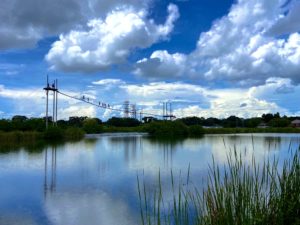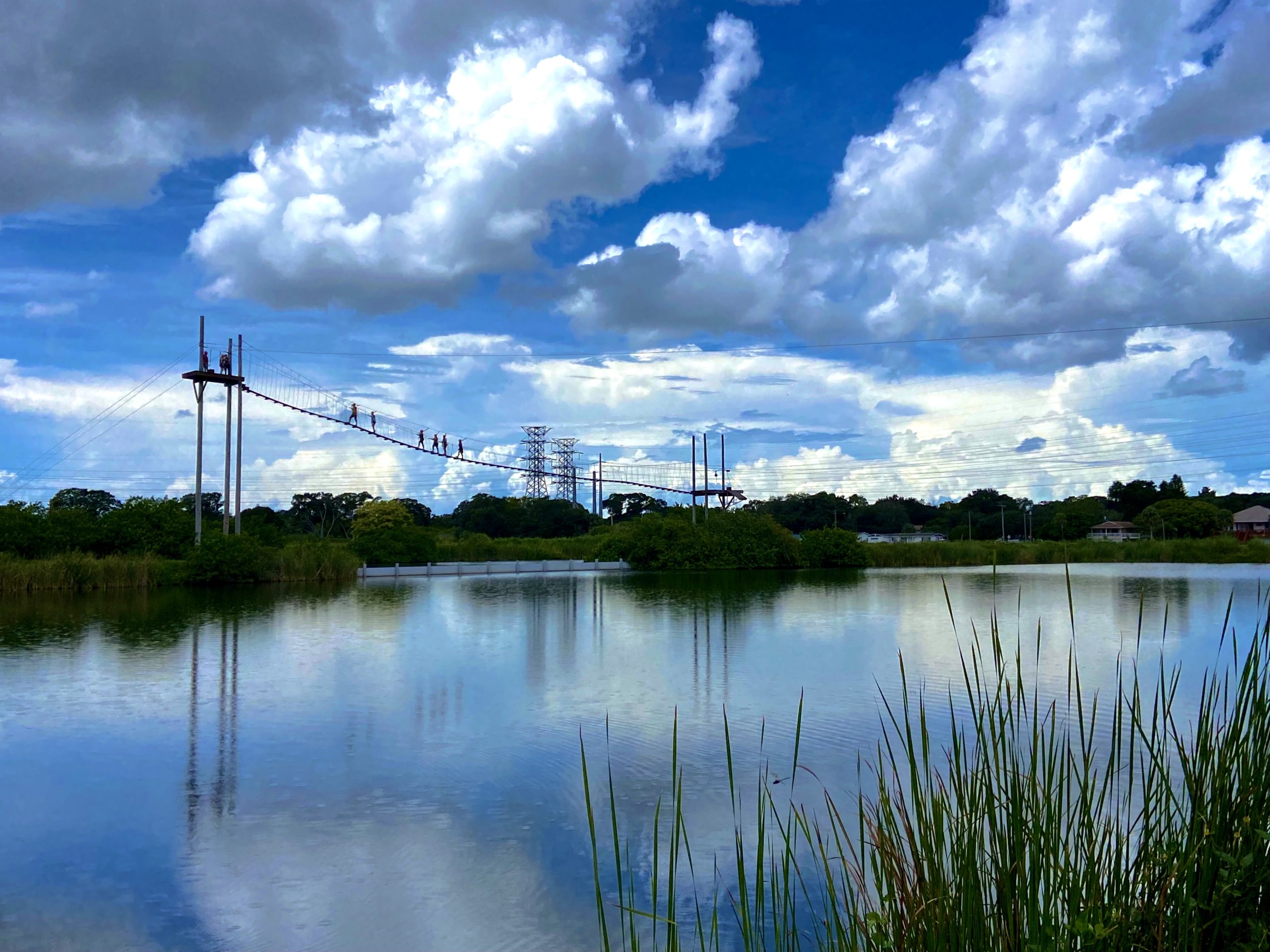We know zip lining today as a recreational activity enjoyed by locals and tourists all over the world. While zip line tours are a newer invention, their history dates back centuries. A huge part of the history of zip lines remains unknown, we do know that mountainous countries have used them as a method of transport for more than 2,000 years.
Zip Lines in Ancient China
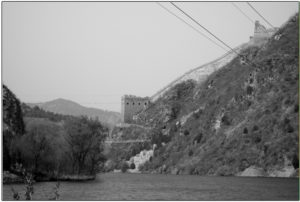 The area of Nujiang Valley of Yunnan Province was and still is, known for the many mountains, rivers, and valleys and is still considered remote today. Before the construction of bridges, it was extremely hard and dangerous to cross these rivers so they adopted the use of zip lines to cross these valleys much easier and without the danger of swimming across fast-moving waters. Due to the lack of safety measures on these early zip lines, most of them have been replaced by actual bridges. There are still a few of these historical zip lines in the area, but they are quickly being replaced with more modern options and safety measures.
The area of Nujiang Valley of Yunnan Province was and still is, known for the many mountains, rivers, and valleys and is still considered remote today. Before the construction of bridges, it was extremely hard and dangerous to cross these rivers so they adopted the use of zip lines to cross these valleys much easier and without the danger of swimming across fast-moving waters. Due to the lack of safety measures on these early zip lines, most of them have been replaced by actual bridges. There are still a few of these historical zip lines in the area, but they are quickly being replaced with more modern options and safety measures.
The Australian Outback
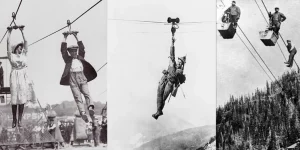 In the outback of Australia, migrants had to learn how to adapt to new animal species, an unfamiliar environment, and difficult traveling options. Zip lines were quickly adopted as a means to transport tools, food, and cigarettes across streams, gullies, valleys, and rivers. Some Australian troops even used zip lines to deliver ammunition, food, and mail to the front lines during military conflicts.
In the outback of Australia, migrants had to learn how to adapt to new animal species, an unfamiliar environment, and difficult traveling options. Zip lines were quickly adopted as a means to transport tools, food, and cigarettes across streams, gullies, valleys, and rivers. Some Australian troops even used zip lines to deliver ammunition, food, and mail to the front lines during military conflicts.
Zip Lines in The Grand Canyon
The Hualapai Indians made ropes from local plants to make zip lines to cross parts of the Grand Canyon. This allowed the Hualapai Indians to cross steep cliffs with less danger and do so quickly and efficiently. They were also able to escape danger from other native Americans and the white men, who were their enemies. It was reported once that there were over 100 zip lines set up to cross over some of the deepest parts of the Grand Canyon.
The Birth of the Modern Zip Lines
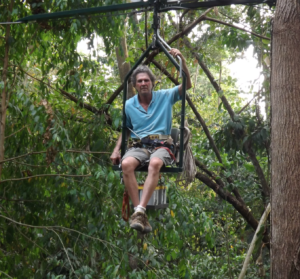 Modern recreational zip line courses can date back to the 1960s and 1970s. During this time, Donald Perry, a graduate student at California State University, Northridge, was doing research on the rainforest of Costa Rica while pursuing a doctorate in biology. Perry pioneered the study of what he refers to as the “main level” of the rainforest (the canopy) where more than 40% of all life on earth exists. Navigating through the rainforest was a dangerous task as tree limbs often broke and the numerous poisonous insects.
Modern recreational zip line courses can date back to the 1960s and 1970s. During this time, Donald Perry, a graduate student at California State University, Northridge, was doing research on the rainforest of Costa Rica while pursuing a doctorate in biology. Perry pioneered the study of what he refers to as the “main level” of the rainforest (the canopy) where more than 40% of all life on earth exists. Navigating through the rainforest was a dangerous task as tree limbs often broke and the numerous poisonous insects.
When Perry first began his research of the Costa Rican rainforest, he used a crossbow to shoot a rope into the trees so he could then climb them. This is how Perry earned the nickname “el Hombre Mono” (the Monkey Man) because he was the only person brave enough to climb through the canopy. In 1979, Perry self-designed a zip line to make his research less dangerous and more efficient. In his book, “Life Above the Jungle Floor,” Perry recalls his first zip line adventure, “I watched the platform recede and felt a sense of ecstatic joy as I glided past branch tips, where only the lightest of jungle animals could venture, and into the airways of butterflies and birds. My zip line saved my life.”
This then attracted media coverage from Smithsonian Magazine, Scientific American, and Geo (Germany’s National Geographic) and earned Perry a role in the 1992 movie “Medicine Man.” Canadian entrepreneur, Darren Hreniuk, was inspired by Perry’s zip lines and built the first recreational zip line course in Monteverde, Costa Rica in 1995. Hreniuk then tried to patent the concept and block any competitors from opening a rival course but the courts ultimately ruled that zip line technology belongs in the public domain.
Zip Lining Today
Canopy tours and the modern zip lines first gained popularity in the 1970s. New methods and techniques were developed to make zip lining a more enjoyable experience and safer to ride across the jungle’s canopy. Today, there are over 400 zip line courses throughout the United States and in diverse climates. Zip lines are an exhilarating way for tourists and thrill seekers to see an environment from a new perspective and learn about the various canopy ecosystems. Thankfully, zip line safety and quality have significantly improved but the excitement remains the same. The ancient mode of transportation remains as a historic novelty for the modern explorer and adventurer.
Contact Empower Adventures!
If you are looking for a thrill or to try a new adventure, contact Empower Adventures to make a reservation!
